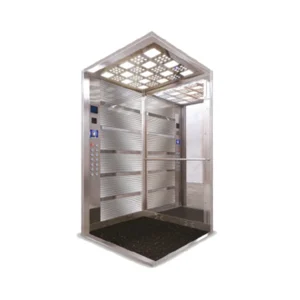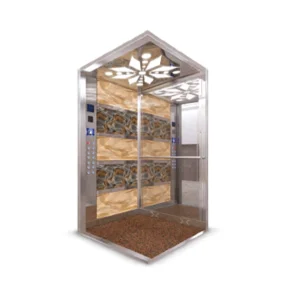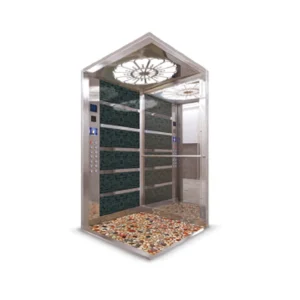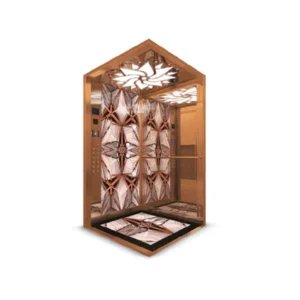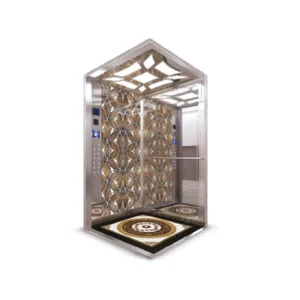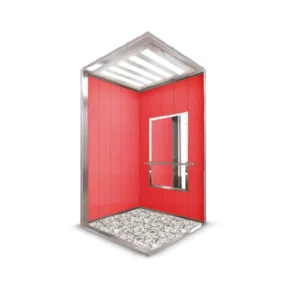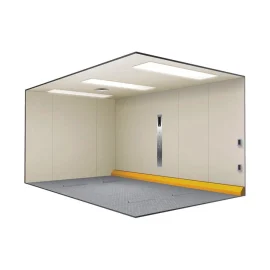Description
Human elevator cabins are one of the important transportation vehicles that provide vertical transportation in buildings and that we frequently encounter in our daily lives. Manufacture of human elevator cabins is a complex process that includes many factors such as engineering, safety and comfort.
Design and Engineering: Passenger elevator cabins should be designed in accordance with the architectural structure of the building and its intended use. Engineers pay attention to factors such as the carrying capacity, speed, safety and energy efficiency of the cabin. Additionally, aesthetic design is also important because elevator cabins are often one of the important visible elements within the building.
Safety Standards: Passenger lifts must comply with a number of national and international safety standards. These standards include details such as the emergency stopping features of the cabin, fire safety, and door sensors.
Material Selection: Elevator cabins are generally produced from stainless steel, aluminum or specially coated materials. Material selection is determined by factors such as durability, weight-bearing capacity and longevity.
Energy Efficiency: Passenger elevators should be designed to be energy efficient. This helps reduce environmental impact while reducing energy costs.
Hydraulic or Machine Roomless Systems: Passenger elevators generally operate with hydraulic or machine roomless systems. Each system has advantages and disadvantages. Manufacturers choose the appropriate one depending on the customer’s needs and building characteristics.
Integration Capabilities: Elevator cabins must be able to be integrated with building automation systems and other security systems. This improves coordination with security and communication systems within the building.
Ease of Assembly and Maintenance: Human elevator cabins should be designed to provide convenience to the user during the assembly and maintenance stages. This ensures that regular maintenance can be easily carried out and the elevator has a long life.
Manufacturers of passenger elevator cabins are constantly improving technology and design to meet customer demands and safety standards.












